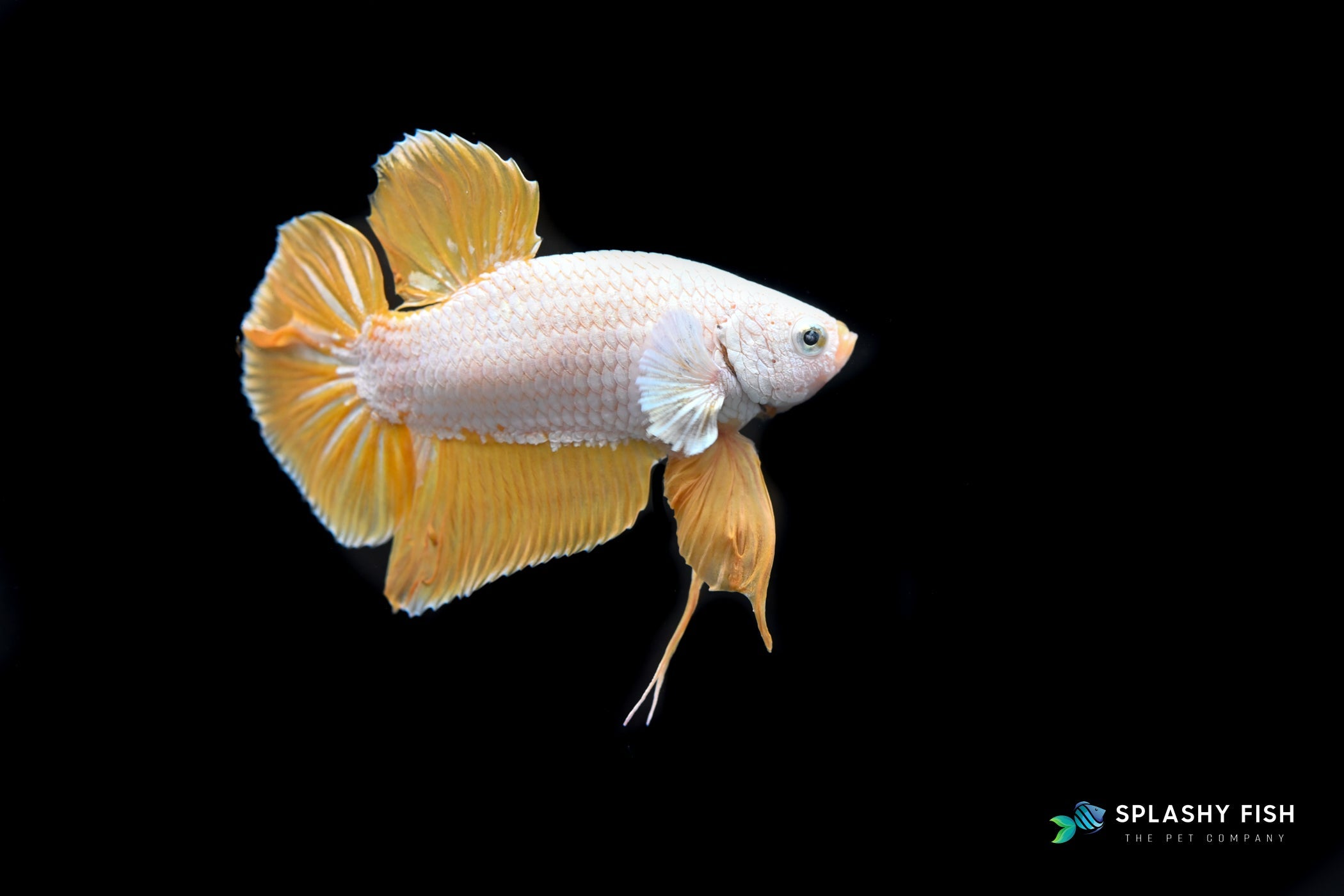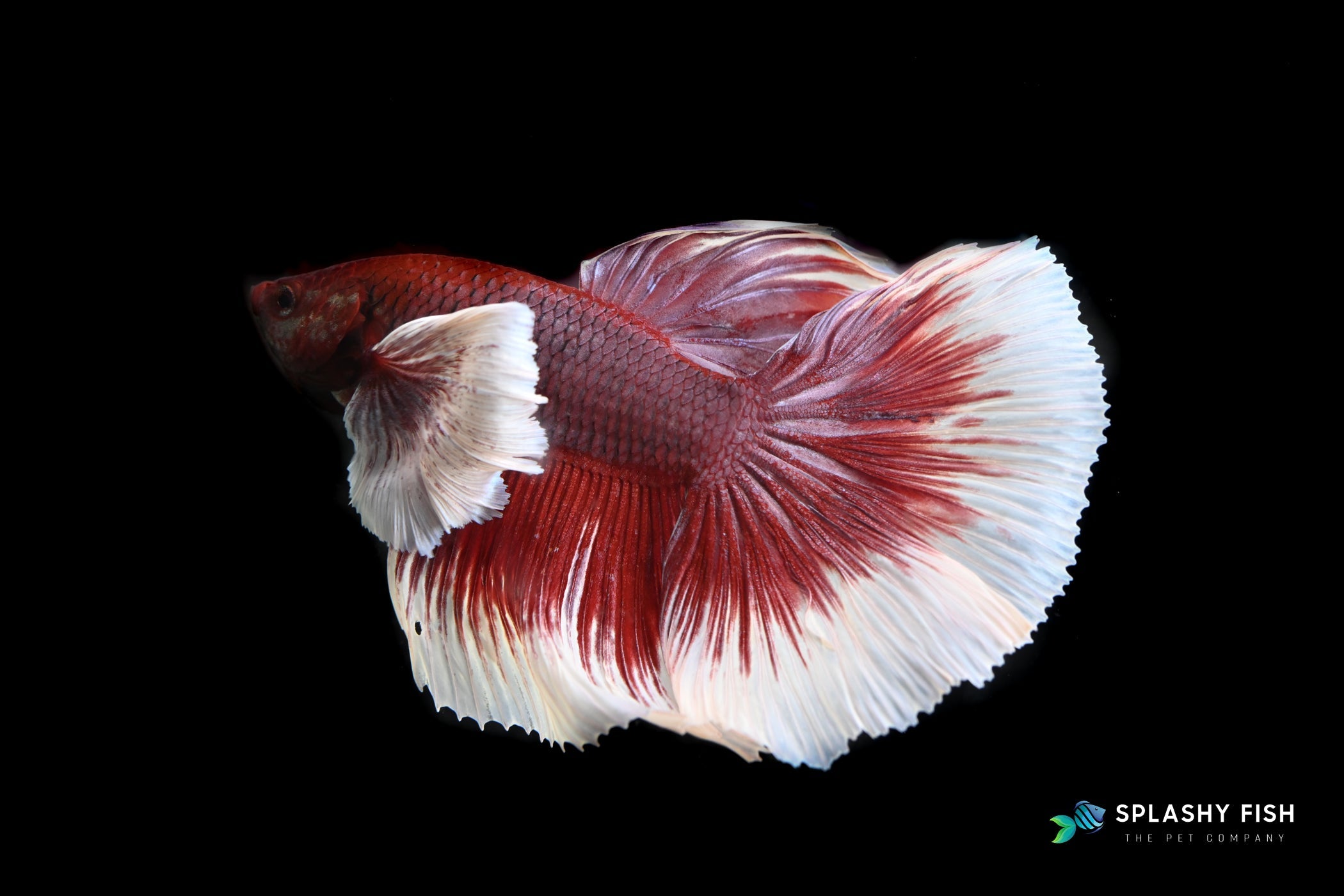Table of Contents
Are you looking to add a unique and vibrant aquatic species to your home aquarium? Look no further than the Medaka Japanese Ricefish. With their beautiful colors and peaceful nature, these fish make a captivating addition to any tank. In this article, we will guide you on how to care for Medaka Japanese Ricefish, from setting up their habitat to providing the right diet and maintaining optimal water conditions. We'll discuss the ideal tank size, temperature, and water parameters, as well as the importance of regular cleaning and maintenance. So let's dive in and discover all the secrets to successful Medaka care.
Characteristics and Behavior of Medaka Japanese Ricefish
The Medaka Japanese Ricefish, also known as the Japanese Killifish, is a unique and captivating aquatic species that has gained popularity among aquarium enthusiasts. Originating from the rice fields of Japan, these fish are known for their vibrant colors, peaceful nature, and fascinating behaviors.
With a slender and elongated body, the Japanese Ricefish typically grows to a length of around 2-3 inches (5-8 cm). Their coloration is truly remarkable, with males often displaying a stunning array of hues, including shades of orange, yellow, white, and even iridescent blue. Females, on the other hand, tend to be more subdued in their appearance, with a silvery-white or pale yellow coloration.
One of the most fascinating aspects of the Medaka Japanese Ricefish is their social behavior. These fish are known to be highly interactive and form strong social bonds within their schools. They often engage in playful swimming patterns, chasing each other and exploring their surroundings with a sense of curiosity and wonder. This social nature makes them a joy to observe and adds to the overall appeal of keeping these fish in a home aquarium.
Setting Up the Perfect Habitat for Medaka Japanese Ricefish
Creating the perfect habitat for your Japanese Ricefish is crucial to ensuring their health and well-being. These freshwater fish thrive in a planted aquarium that mimics their natural environment.
When it comes to tank size, Japanese Ricefish do best in a minimum tank size of 10 gallons (38 liters) for a small school of 6-8 fish. However, larger fish tanks, such as a 20-gallon (76-liter) or even a 30 gallon fish tank, are preferred to provide ample swimming space and allow for a more natural and thriving ecosystem.
Aquarium substrate gravel in the tank should be fine-grained, such as aquarium sand or aquarium gravel, which will allow for the growth of live beneficial bacteria and provide a natural-looking environment. Decorations such as aquarium plants, aquarium driftwood, and rocks for aquarium can be added to create a visually appealing and enriching habitat for the Medaka. The aquatics plants not only provide hiding spots and spawning areas but also help to maintain water quality by absorbing excess nutrients.
Aquarium light is an important consideration for the Medaka Japanese Ricefish, as they prefer a well-lit environment. A combination of natural and artificial lighting, such as LED or fluorescent bulbs, can create a balanced and healthy lighting system for your aquarium. Avoid placing the tank in direct sunlight, as this can lead to fluctuations in water temperature and algae growth.
Feeding and Nutrition for Medaka Japanese Ricefish
Providing the right diet is essential for the health and well-being of your Medaka Ricefish. These ricefish are not picky eaters, meaning they consume both plant and animal matter in their natural habitat.
A varied and balanced diet is crucial for the Medaka, as it ensures they receive all the necessary nutrients to thrive. A staple diet can consist of high-quality fish food such as flakes food or pellets food formulated for small tropical fish. These should be supplemented with live or frozen foods, such as brine shrimp, daphnia, and bloodworms, which will provide additional protein and variety.
It's important to feed your Medaka Japanese Ricefish several times a day, providing small portions that can be consumed within a few minutes. Overfeeding can lead to water quality issues and health problems, so it's essential to monitor their feeding habits and adjust the quantity accordingly.
In addition to their regular diet, you can also offer your Medaka Japanese Ricefish some green leafy vegetables, such as boiled spinach or finely chopped lettuce, which can provide additional nutrients and fiber. Remember to remove any uneaten food to prevent water quality issues.
Water Quality and Maintenance for Medaka Japanese Ricefish Tank
The ideal water temperature for Medaka Japanese Ricefish should be between 68-77°F (20-25°C). It's important to avoid sudden temperature fluctuations, as this can stress the fish and make them more susceptible to diseases.
The pH level should be slightly acidic to neutral, ranging from 6.5 to 7.5, with a water hardness of 5-15 dH. Regular testing of water parameters, such as pH, ammonia, nitrites, and nitrates, is essential to ensure the water quality remains within the appropriate range.
Partial water changes of 25-30% should be performed weekly to remove accumulated waste and replenish fresh, dechlorinated water. This will help maintain stable water parameters and prevent the buildup of harmful substances. It's also important to use a high-quality water conditioner to remove chlorine and heavy metals from the new water.
Proper Aquarium Filter is crucial for the Medaka Japanese Ricefish, as it helps to remove waste, maintain water clarity, and provide additional oxygen. A combination of mechanical, biological, and chemical filtration is recommended, with a filter capable of at least 4-6 times the tank volume per hour. Regular filter maintenance, such as cleaning the media and replacing worn-out components, is essential to ensure the filter is functioning effectively. We recommended to use Oase Biomaster canister filter, Oase Bioplus Filter, Oase Biostyle Filter.
Breeding and Reproduction of Medaka Japanese Ricefish
To encourage breeding, it's important to provide the right environmental conditions. A well-planted aquarium with dense vegetation, such as Java moss, Marimo Moss Balls or water sprite, will offer Medaka a suitable spawning substrate. The water parameters should be maintained within the optimal range, with a slightly acidic pH and a temperature between 68-77°F (20-25°C).
Once the conditions are right, the Medaka will engage in a courtship dance, with the males displaying their vibrant colors and performing a series of movements to attract the females. When the female is ready to spawn, she will deposit her eggs in the vegetation, where the male will fertilize them.
After spawning, the eggs will typically hatch within 7-10 days, depending on the water temperature. The fry, or baby Medaka, will be quite small and delicate, requiring a specialized diet of infusoria, micro-worms, or powdered fry food. It's essential to provide them with ample hiding places and to perform partial water changes regularly to maintain water quality.
As the fry grows, they can be gradually introduced to a more varied diet, including brine shrimp, daphnia, and high-quality flakes or pellets. With proper care and attention, the Medaka fry will mature and develop into beautiful, vibrant adults, ready to be enjoyed in your aquarium or shared with other enthusiasts.
Tips for Keeping Medaka Japanese Ricefish Healthy and Happy
Firstly, it's essential to provide a spacious and well-planted tank. As mentioned earlier, a minimum of 10 gallons tank is recommended, but larger tanks are preferred to allow for natural schooling behavior and ample swimming space. Incorporate a variety of live aquarium plants such as Aquarium Moss, Anubias, Cryptocoryne, etc. as they not only create hiding spots but also help to maintain water quality.
Maintaining optimal water parameters is crucial for Medaka's well-being. Regularly test and monitor the water's pH, temperature, and levels of ammonia, nitrites, and nitrates. Perform partial water changes of 25-30% weekly to replenish fresh, dechlorinated water and remove accumulated waste.
Feeding your Medaka a balanced and varied diet is also essential. Offer a combination of high-quality flakes or pellets, supplemented with live or frozen foods, such as brine shrimp and bloodworms. Avoid overfeeding, as this can lead to water quality issues and health problems.
Providing a stress-free environment is crucial for Medaka's overall health. Minimize sudden changes in water parameters, avoid loud noises or vibrations, and ensure the tank is placed in a quiet, low-traffic area of your home. Introduce new fish slowly and in small numbers to avoid territorial conflicts.
Finally, be vigilant for any signs of disease or health issues, and address them promptly. Quarantine new fish before adding them to the main tank, and consider using a hospital tank for treating any sick Medaka. With proper care and attention, your Medaka Japanese Ricefish will thrive and bring endless joy to your aquarium.
Conclusion
The Medaka Japanese Ricefish is a truly captivating and rewarding species to keep in a home aquarium. With their vibrant colors, peaceful nature, and fascinating behaviors, these fish can bring a unique and enchanting touch to any aquatic setup. At Splashy Fish aquatic store, we supply a wide range of freshwater fish that come from reliable sources. We further guarantee that all of our Ricefish for sale will go through the quarantine process for 14 days before sale. We care about the quality and strive to provide you with the best we can. Visit our fish store online or our aquarium virginia area to find what surprise is waiting for you.
FAQs
How many Medaka Japanese Ricefish should I keep in my aquarium?
It's recommended to keep a small school of 6-8 Medaka Japanese Ricefish in a minimum tank size of 10 gallons. Larger tanks, such as 20 or 30 gallons, can accommodate larger schools and allow for more natural schooling behavior.
Can Medaka Japanese Ricefish be kept with other fish species?
Medaka Japanese Ricefish are generally peaceful and can be kept with other small, peaceful community fish, such as Tetras, Rasboras, and Corydoras catfish. However, it's important to avoid aggressive or large fish that may nip at or harass the Medaka.
How often should I perform water changes for my Medaka Japanese Ricefish?
It's recommended to perform 25-30% partial water changes weekly to maintain optimal water quality for your Medaka. This will help remove accumulated waste and replenish fresh, dechlorinated water.



























